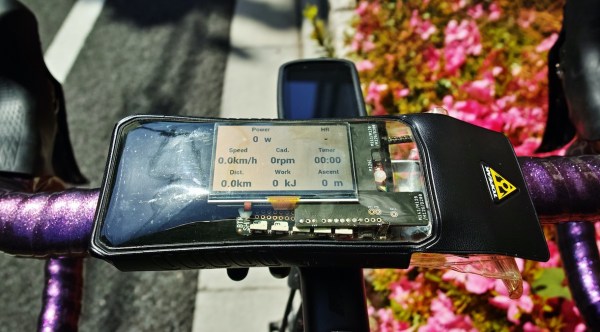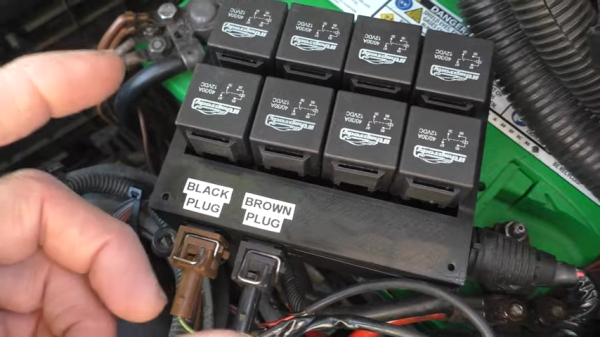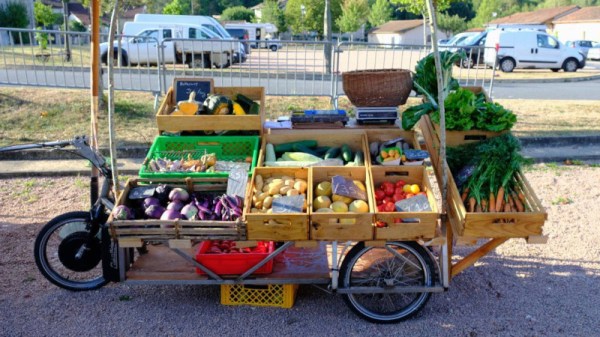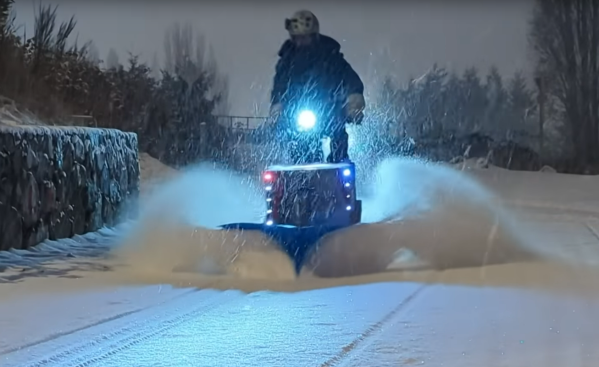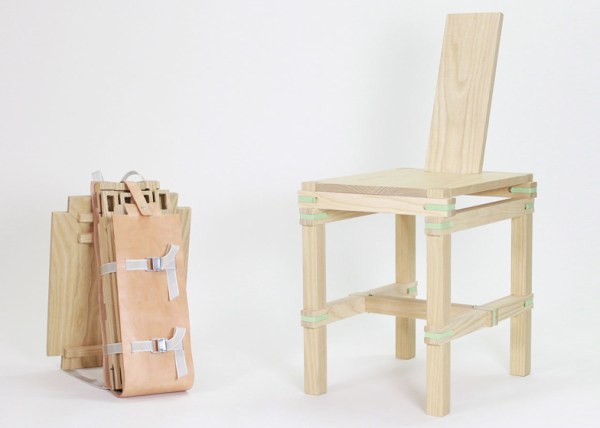Many gearheads dream of owning a supercar, but their exorbitant prices make them unattainable for all but the most affluent. [Andrzej Burek] decided to make his dreams come true by building his own supercar with a human-powered twist. [YouTube]
At first glance, [Burek]’s SLS AMG looks like the real thing. Pop the hood, and you’ll find this “car” is missing it’s V8 which has been replaced by a beefy speaker pumping out engine sounds from any car you choose. Both driver and passenger can provide propulsion for the sociable tandem, and the power is routed through a differential to the rear wheels. [Burek] decided to install the differential to make installing power assist motors simpler in future revisions of this quadracycle.
[Burek] said it’s taken him four years from buying the first component to the bike’s status in the video after the break. Other than the front and rear bumpers, he built the body himself out of fiberglass to learn how to work with the material. He welded the frame himself as well, and, in a testament to good measurements, the two parts fit together when united despite being built in separate locations. You can checkout more pictures on his Instagram.
If you want some more bike hacks, check out this Open Source Bike Computer or this Exercise Bike Game Controller.



